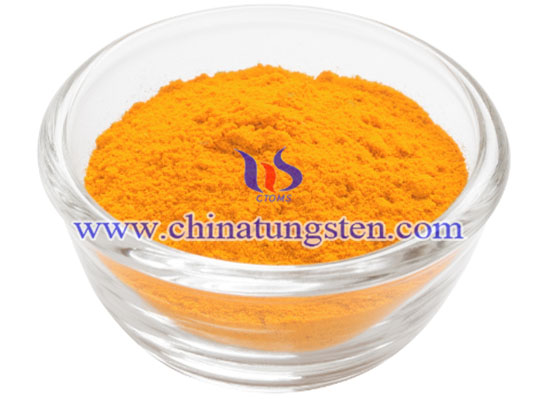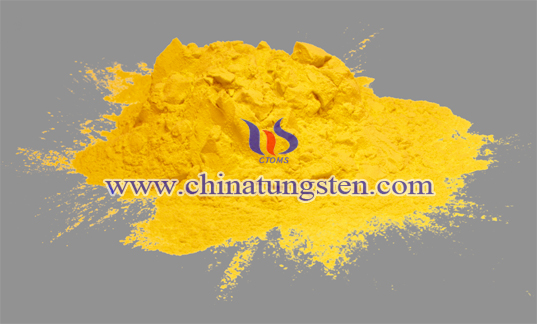Tungsten Oxide Vacuum Thermal Oxidation Method
- Details
- Category: Tungsten Information
- Published on Saturday, 24 February 2018 14:45
Tungsten metal is generally more stable, with a melting point above 3400 ° C and a boiling point above 5700 ° C. In an oxygen environment, when the temperature is above 600 ℃ will be rapidly oxidized to tungsten trioxide. Tungsten oxide materials can be prepared by vacuum thermal oxidation.
The principle of the vacuum thermal oxidation method is: in a vacuum thermal evaporation coating machine, based on a gas-solid reaction model. The solid is oxidized and sublimated to a vapor phase oxide by heating and micro-controlling the oxygen inside the machine at high temperature. Cool again and deposit as a solid.
When the temperature is gradually increased, the surface of tungsten will be rapidly oxidized to tungsten oxide layer. Since the melting point of tungsten is higher than 3400 ° C and the boiling point of tungsten oxide is higher than 800 ° C, the tungsten oxide layer sublimates to the vapor-phase tungsten oxide when the temperature is higher than 800 ° C. When the temperature is lower than 800 ℃, WVO will be deposited and deposited on the substrate. According to the conditions of adjusting pressure, oxygen, inert gas and temperature control, tungsten oxide nano-films with different crystal phases can be synthesized.

The catalytic mechanism of tungsten oxide photocatalytic degradation of methyl orange was explored by testing and analyzing its catalytic performance. The results show that the oxygen defect can make the light-induced wavelength range of tungsten oxide extend to more than 550 nm, which greatly expands the light response range of the tungsten oxide photocatalytic material. The presence of oxygen deficiency also makes it possible to degrade toxic dye molecules in sewage in dark environments.

- Tungsten Oxide Manufacturer & Supplier, Chinatungsten Online: www.tungsten-oxide.com
- Tungsten News & Prices of China Tungsten Industry Association: www.ctia.com.cn
- Molybdenum News & Price: news.molybdenum.com.cn
- Tel.: 86 592 5129696; Fax: 86 592 5129797; Email: sales@chinatungsten.com



 sales@chinatungsten.com
sales@chinatungsten.com